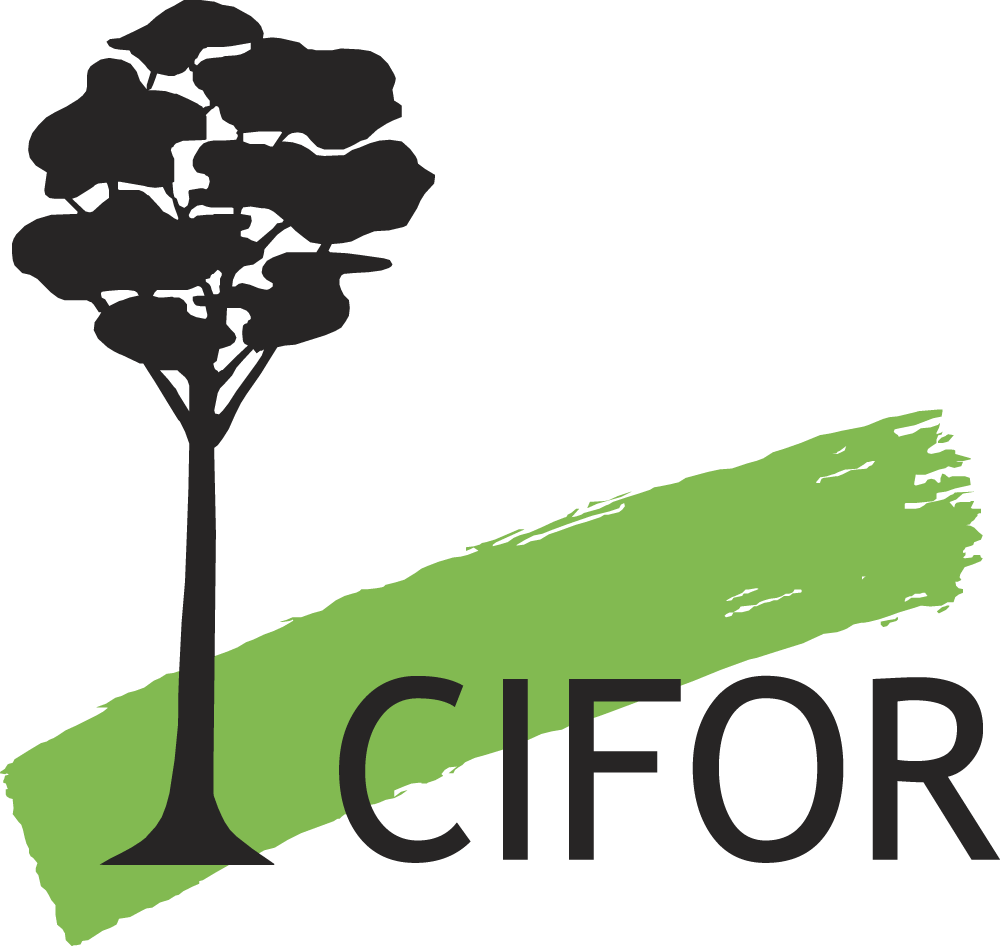Focal point
Location
The Center for International Forestry Research (CIFOR) is a non-profit, scientific facility that conducts research on the most pressing challenges of forest and landscapes management around the world. With our global, multidisciplinary approach, we aim to improve human well-being, protect the environment, and increase equity. To do so, we help policymakers, practitioners and communities make decisions based on solid science about how they use and manage their forests and landscapes.
Capacity building, collaboration and partnerships are essential to finding and implementing innovative solutions to the challenges that the globe faces. We are proud to work with local and international partners. We are a member of the CGIAR Consortium and lead the CGIAR Research Program on Forests, Trees and Agroforestry.
Our headquarters are in Bogor, Indonesia. We have offices in 8 countries across Asia, Latin America and Africa, and we work in more than 30 countries. Contact us for more information.
Resources
Displaying 706 - 710 of 808Panduan cara pemberian skor dan analisis untuk menilai kesejahteraan manusia
This is designed to supplement 'the BAG' and 'the Grab Bag'. It provides a scoring method that can be used with the two manuals, to come to a decision about particular criteria and indicators in particular forest and human settings. Following the section on scoring is a section on analysis. It begins very simply, leading the user through the steps of making a spreadsheet, and concluding with more complex statistical analyses that may be desirable in some circumstances. Different teams have different requirements for quantitative and statistical sophistication in their analyses.
Panduan untuk pengembangan, pengujian dan pemilihan kriteria dan indikator untuk pengelolaan hutan lestari
This manual provides methods for the development and evaluation of criteria and indicators (C&I) which can then be used to assess the sustainability of forest management. The manual is written primarily for researchers, people or groups interested in evaluating C&I for assessments of forests in new areas, or as a reference for readers wanting to know how CIFOR's Generic Template was produced. The methods presented are aimed at the development of sets of C&I for natural forest at the forest management unit level, especially in the tropics.
Panduan penilaian dasar kesejahteraan manusia
The BAG focuses on the social criteria and indicators for sustainable forest management, a topic that has been the subject of considerable controversy and uncertainty. It is designed for people interested in assessing sustainable forest management, but who do not have a high degree of expertise in social sciences. This manual describes six simple methods designed for use by biophysical scientists with a college education. These methods can also be used by assessors with higher levels of expertise in social sciences, but they are presented in a 'cookbook' format.
Methodes complementaires pour l'evaluation du bien-etre-social
The Grab Bag' is designed to complement 'the BAG' and for use by social scientists who may find 'the BAG' overly prescriptive. The eight methods presented are either more difficult for non-social scientists to use or, in a couple of cases, can substitute for one or more method presented in 'the BAG'. 'The Scoring and Analysis Guide' provides the user with help in making an actual assessment of the social C&I, based on the results of these methods.
L'Impact de la crise economique sur les systemes agricoles et la changement du couvert forestier dans la zone forestiere humide du Cameroun
A sample survey of 648 households was conducted in 54 villages in the humid forest zone of Cameroon to understand the effect of the economic crisis (dating from 1986) and the 1994 currency devaluation on the practices of small farmers, and the effect of these practices on forest cover change. Four hypotheses were tested concerning: the balance between plantation crop and food crop production; the degree of market-orientation of food crop production; the gender division of labour; and the degree of dependence on non-timber forest products (NTFPs).



